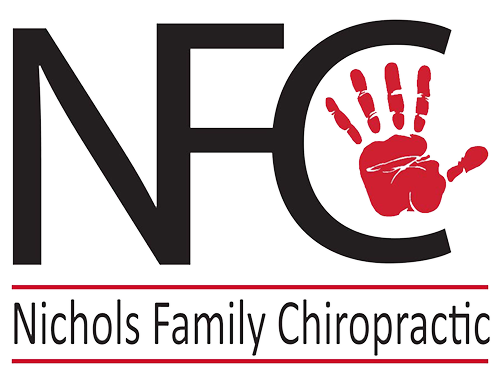What does forward head posture do?
Take a second to think about your grandmother; the hump on her upper back, slumped over in her chair, unable to look up at the ceiling, shrunk 5 inches in height, dealing with osteoarthritis, bone spurring, degenerative disc disease, shortness of breath, and dwindling hormones. Now think about your 12 year old daughter constantly looking down at her phone, slouching down in her chair at the dinner table, not standing up straight because she is taller than the other kids. That daughter is going to turn into your grandmother if she doesn’t fix one very important thing: Forward head posture.
Forward head posture in the medical world is not just leaning your head forward for a moment, it is when the structure on the inside shifts, resulting in sustained forward leaning of the head. After hours per day, for years, the curvature of the spine in the neck starts to straighten out, and in more severe cases, starts curving in the opposite direction. The weight of the head transitions from over the joints in the back of the spine, where it is designed to carry lots of weight, to over the discs in the front of the spine that are not designed to maintain that load. As a result, the discs start to degenerate, decreasing in height, causing a smaller opening for the nerves to exit from the spine. Then the discs start to bulge outward, butting up against the adjacent nerves, and causing radiculopathy and loss of function wherever those nerves go. In extreme cases, this added pressure to the discs can cause enough damage that a hole opens in the side of the disc resulting in the material from the inside pushing out and causing even bigger problems (known as a herniation). In response to the added weight over the discs, the body recognizes abnormal stress and attempts to fix the problem on its own. It does this by building extra bone (“bone spurs” or spondylosis) in the areas of additional stress to try to fortify and strengthen the area. It’s an awesome response but results in irritation to the joints, which we call arthritis.
Beyond the disc degeneration and arthritis, prolonged forward head posture causes the ligament that runs down the front of the bones of the spine to shorten over time, which limits the body’s ability to regain normal positioning of the head. Musculature imbalances accompany the new head position which can impede the flow of blood and nerve function to the upper extremities. The strain to the muscles at the base of the skull can result in chronic headaches and the muscles of the upper back get over worked resulting in “carrying your stress” in that area.
I know that it sounds extreme that one little thing like forward head posture can lead to the body breaking down, but it’s true. Obviously there are a lot of other things that we need to do to stay healthy, but something as simple as maintaining proper posture makes one of the biggest differences in spinal health and subsequently, the health of the rest of your body. Proper work space ergonomics, decreasing time staring down at your phone, and exercising the muscles that maintain proper posture are all things that you can do now to prevent, decrease, and even reverse forward head posture. So when mom tells you to "sit up straight," at the dinner table, she is probably speaking from experience and you should listen to her!

